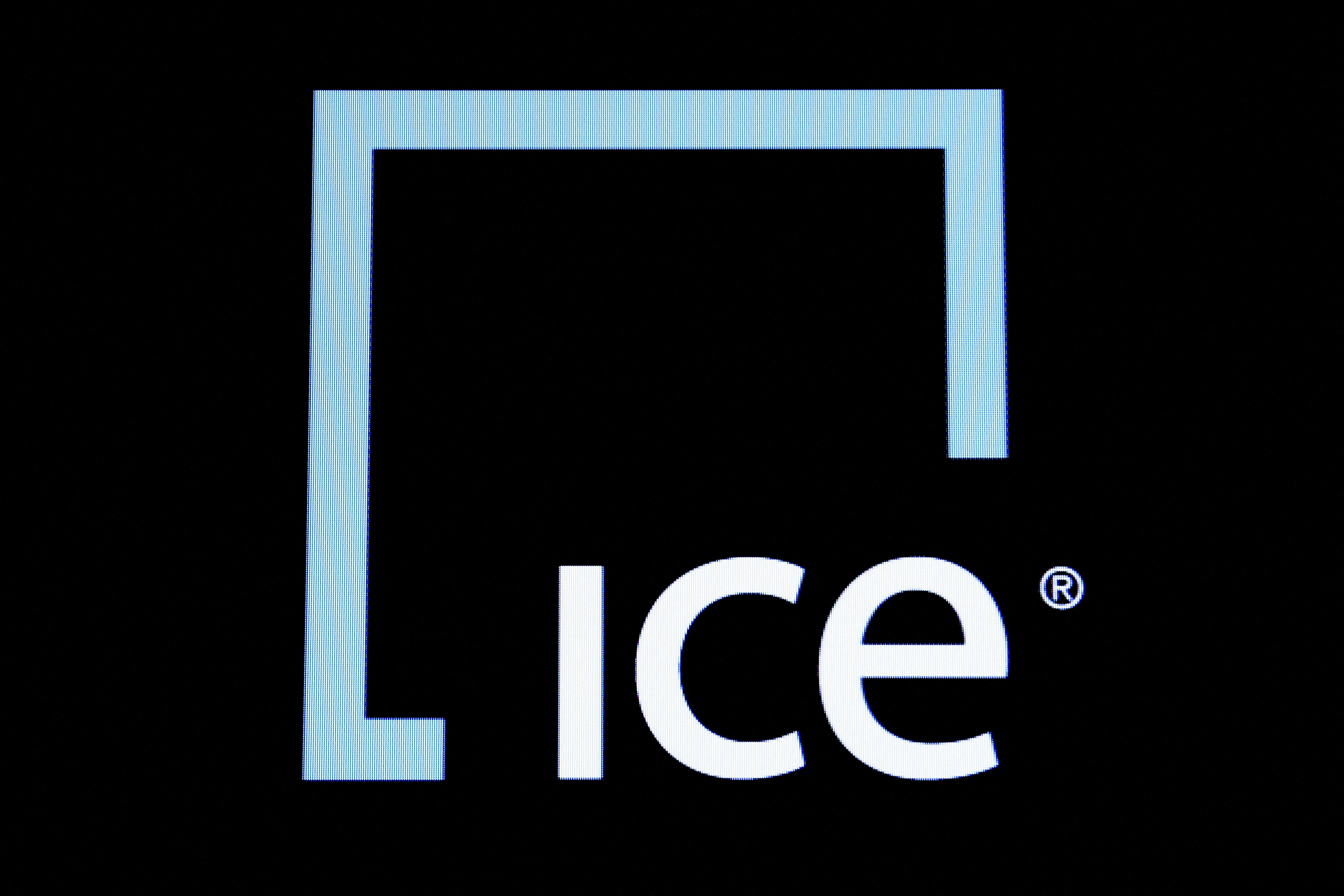
Earnings Per Share (EPS) of $1.55 matched the estimated EPS, showcasing the company’s consistent performance.
Record net revenues of $2.3 billion in Q3 2024, marking a 17% increase year-over-year.
Operating income reached a record $1.1 billion, with an adjusted operating margin of 59%.
Intercontinental Exchange (NYSE: ICE) is a prominent player in the global financial markets, operating exchanges, clearing houses, and providing data services. ICE is known for its diverse range of services, including trading and clearing of commodities, financial products, and data solutions. It competes with other major exchanges like the CME Group and Nasdaq.
On October 31, 2024, ICE reported an earnings per share (EPS) of $1.55, aligning with the estimated EPS. The company generated actual revenue of approximately $2.35 billion, slightly below the estimated figure. Despite this, ICE’s performance in the third quarter of 2024 was robust, with record net revenues of $2.3 billion, a 17% increase year-over-year.
The company’s GAAP diluted EPS rose by 19% to $1.14, while the adjusted diluted EPS increased by 6% to $1.55. Operating income reached a record $1.1 billion, a 31% rise from the previous year. Adjusted operating income also hit a record $1.4 billion, up 17% year-over-year. The operating margin for the quarter was 47%, with an adjusted operating margin of 59%.
ICE’s growth is driven by the expansion of its pricing and reference data business, along with strength in its index business. The company is also experiencing an increase in both commodities and financials volume. These factors suggest a positive outlook for ICE’s future performance, as highlighted by Zacks Investment Research.
Analysts are focusing on key performance metrics beyond traditional estimates to evaluate ICE’s financial health. The company’s price-to-earnings (P/E) ratio is approximately 41.25, indicating investor confidence. The debt-to-equity ratio is around 0.82, showing a moderate level of debt. The current ratio is nearly 0.99, reflecting a balance between current assets and liabilities.

